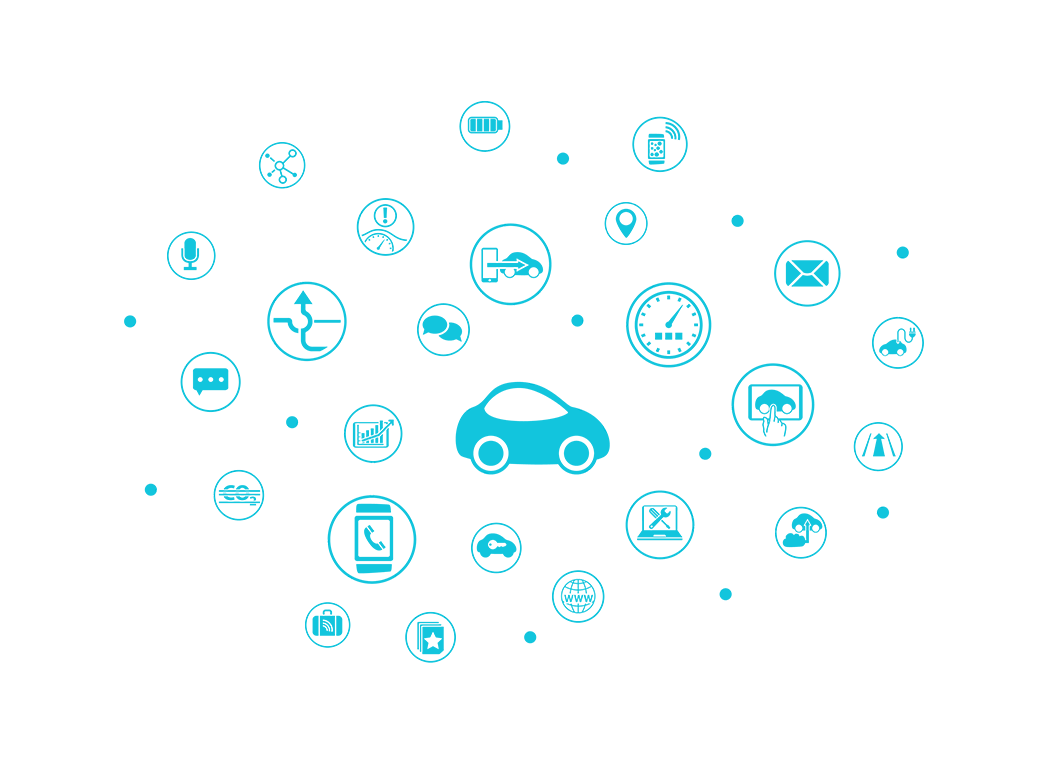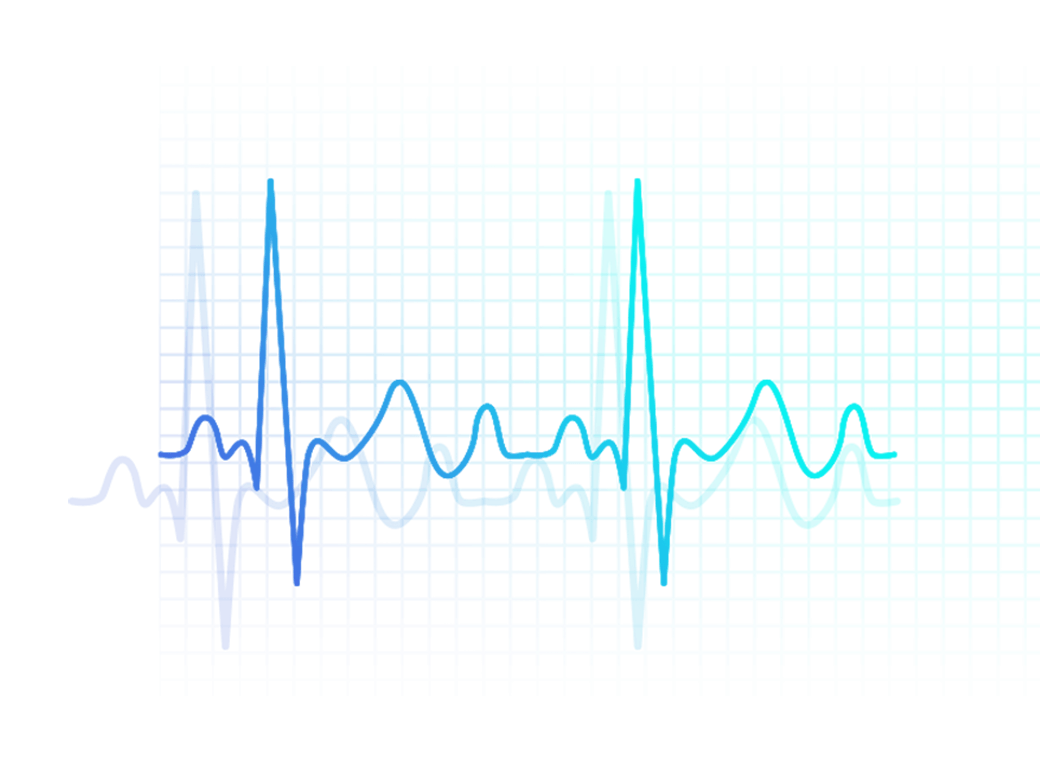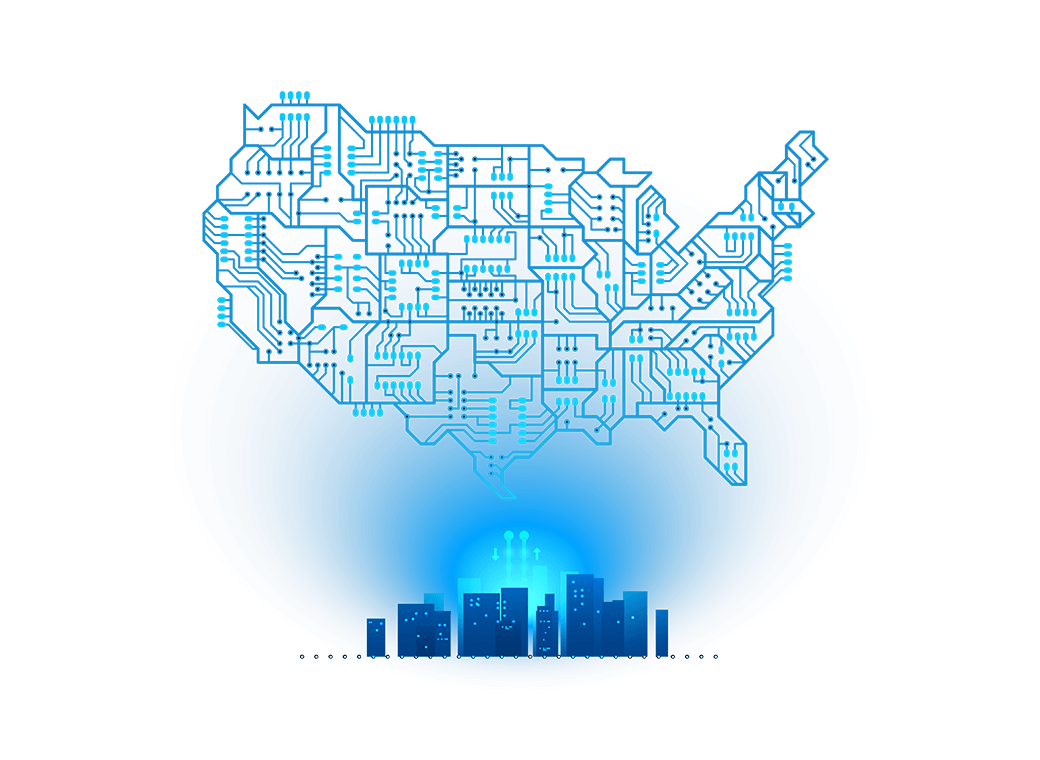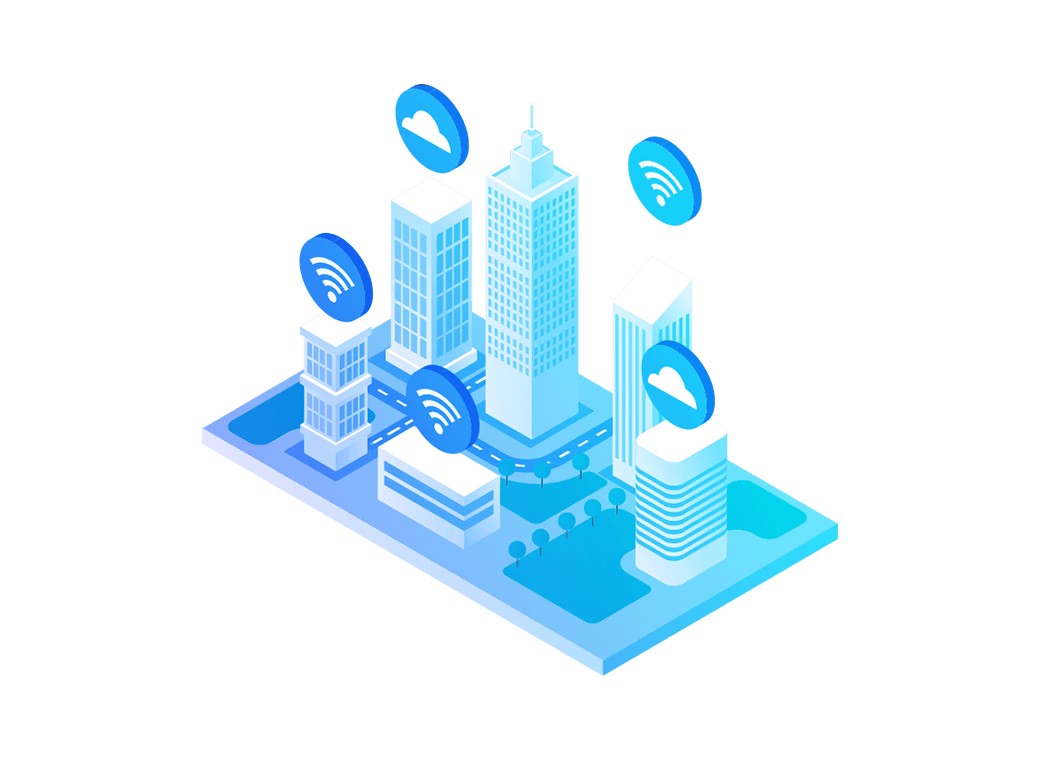
Smart Cities
Smart City comprises various information and engineering systems that collect data about everything that can affect residents, including traffic, public places, condition of buildings, meteorological conditions, etc.
All city services (law enforcement authorities, healthcare institutions, utility providers, federal and municipal authorities, etc.) work in a unified information environment which allows them to promptly share information and take coordinated decisions, thus spending less time and money on emergency management.

Safety
Safety of smart city residents is ensured through the use of a suite of technologies designed to minimize damage and the number of victims of natural, environmental and industrial disasters. The development of infrastructure and monitoring tools helps companies detect emergencies at their origin, thus enabling emergency services to evacuate people in good time and reinforce objects located within the risk area.

Transport Infrastructure
Transport infrastructure development allows for traffic information collection and analysis, prediction of traffic changes, and alerting drivers. At ’smart stops’, passengers can check for the arrival of their desired transport, use Wi-Fi, and pay for various services using respective terminals. Specialized systems streamline parking procedures, automatically control parking payments, and control traffic lights, thus increasing municipal revenue and discipline in the streets.

Community facilities management
Community facilities management in an innovative city aided by intelligent systems helps ensure complete equipment fault-tolerance, reduce the number of accidents to zero, improve energy efficiency of residential and public buildings, as well as determine ways for and approaches to optimization and the development of community facility components, based on operating indicators.

Healthcare
Healthcare in a smart city unites medical center infrastructure with all surgery rooms, intensive therapy and resuscitation wards, diagnostics and treatment rooms, conference halls, and training classes in a unified environment. All data on current events is promptly processed for subsequent use and examination while dynamically updated patient cards help doctors perform various medical procedures. In addition, wireless technology and continuous data collection and analysis help doctors check patients remotely and promptly discover deviations from planned health indicators.

E-government
E-government makes government and municipal services more transparent and convenient for residents. City portals and interactive services allow residents to remotely track progress and the results of administrative processes, submit applications in electronic form, and receive notifications of their status.

Intelligent buildings
Intelligent buildings are equipped with all necessary communication, security, and climate control systems. All engineering systems are controlled by a unified dispatch system, thus allowing for the saving of energy and heating resources and the reducing of facility support personnel costs, forecasting and planning maintenance work, and the minimization of accident risk and adverse effects.

Culture and tourism
Culture and tourism in a smart city involves interactive museums and galleries as well as screens and maps that users interact with via augmented reality technology. Users only need to download an application and aim a smartphone camera, tablet or augmented reality glasses at the desired object for the screen to display extra information, historical background information, features and interesting facts supported by audio playback. Today, traditional mock-ups of buildings, blocks, and towns can be replaced with state-of-the-art virtual holographic models that display the history of construction or development of a certain object, along with excursion routes. Interactive kiosks can be supplemented by 3D models and placed in touristic centers, parks, and near places of interest.
Contact Us
Başarılı
Formunuz başarılı bir şekilde gönderilmiştir.
